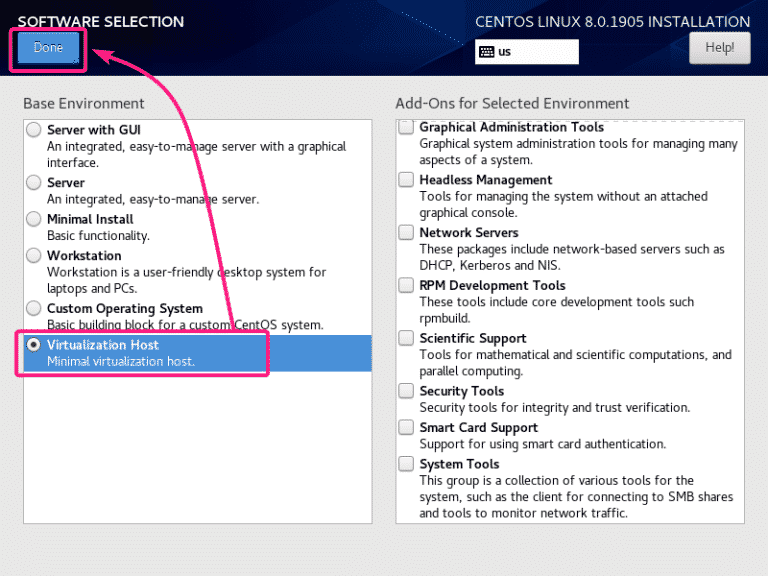
#PERL CPUINFO WINDOWS#
The Linux system of security and access attributes is very different to the Windows system.chmod is a little like the DOS/Windows attrib command, but the syntax is very different.rmdir is like the DOS/Windows rd command.mkdir is like the DOS/Windows md command.pwd displays the users current directory.cd with no parameters changes to the users home directory.rm is like the DOS/Windows del command.cp is like the DOS/Windows copy command.(nearly every other Linux based device will NOT have v as an alias for ls -l, and it may even be aliased to something completely different!) It is OK to use the alias, but it is far better to learn the actual ls -l command in case you are ever in a situation where the alias does not exist. Note: in the default setup of unRAID, v is an alias for ls -l, so you can replace the ls -l above with just v.see the Command Macros section for more complex examples.ls -l is a common way to list complete directory entries.ls is a little like the DOS/Windows dir command, for displaying directories in different ways, but the syntax is very different.less pages text files like more, but also lets you page up and down through them (press q to quit).It waits for a keystroke between each page. more displays text files like cat, but pages them to the screen.cat /proc/cpuinfo could be less /proc/cpuinfo) cat is used often below, but could easily be replaced by more or less (eg.The file is assumed to be all text, and if not, will usually display garbage. cat is like the DOS/Windows type, displays a file on screen.The commands below are often compared with DOS or Windows console commands, but even when they appear essentially equivalent, there can be very subtle differences, not necessarily mentioned below.When a command produces output that is more than can fit on the physical console, you can use the Shift-PgUp and Shift-PgDn key combinations to page up and down through the console display, including what may appear to have scrolled off the top.In some commands, you have to press the Ctrl-C keystroke combination to break out.Ignore the numbers! I think they are just there to confuse those of us who did not grow up speaking Linux. Linux splits all of these command line commands into numbered groups, and often lists the group number with the command, eg. In Linux, man pages describe the syntax of command usage, including all options for the command. The commands below usually list a usage note, which is a link to a 'man page'.

#PERL CPUINFO HOW TO#
They discuss what a console is, how to use SSH, Telnet, and PuTTY, how to get a console and use it, and what are some of the differences between a Windows console and a Linux one. If you are new to Linux, as many of us Windows users are, please start by reading the Console section of the FAQ, and then read Terminal Access.6 Console Commands for System Information.5 Console Commands for Files and Folders.4.1 To cleanly Stop the array from the command line.



 0 kommentar(er)
0 kommentar(er)
